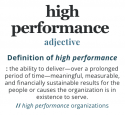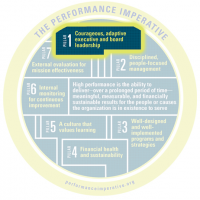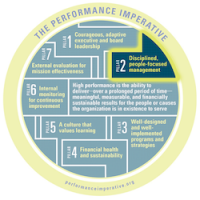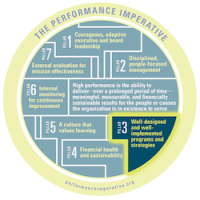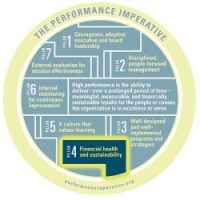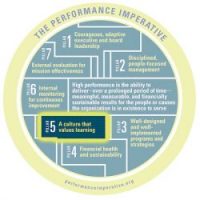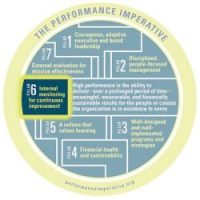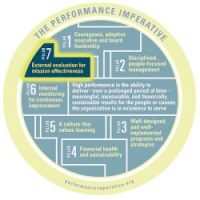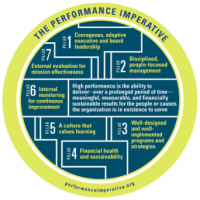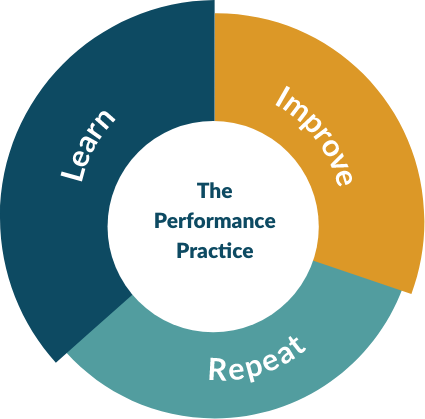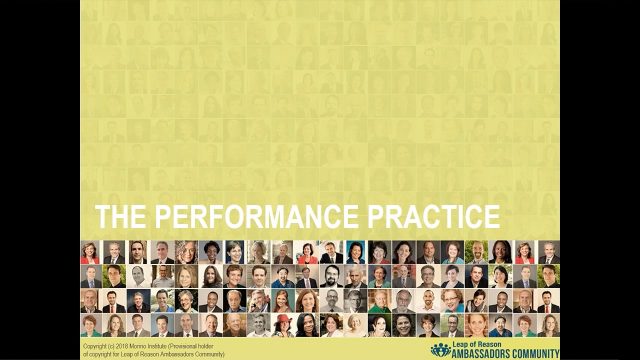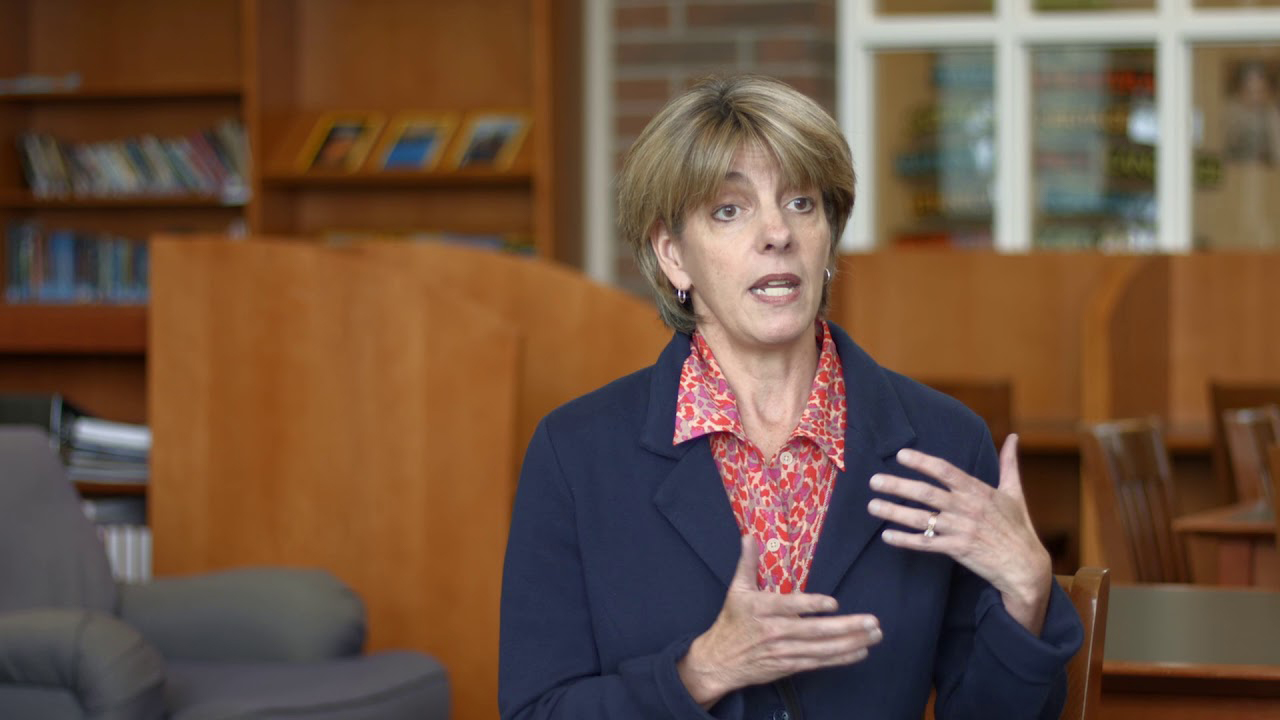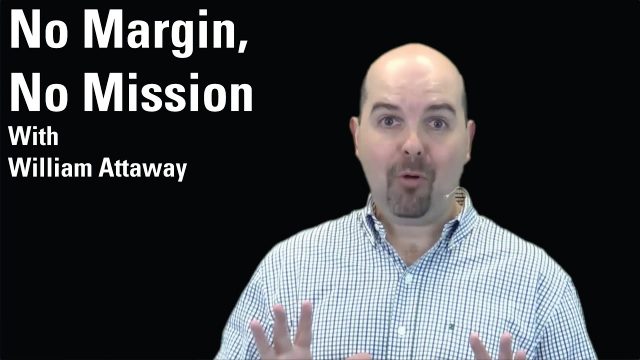Principle 4.1: The board and senior management take charge of their organization’s financial destiny. They articulate the value they deliver and develop overall strategies, tightly aligned with their mission, to support and sustain the organization.
4.1.1: My organization tracks major revenue and expense assumptions and key financial-health indicators. At least semi-annually, we assess our financial performance and make course corrections as necessary.
4.1.2: My organization’s financial plan is designed to help us generate the resources we need to deliver meaningful results—not just whatever resources are readily available.
4.1.3: My organization’s financial plan aims to maximize sustainable sources of revenue—so we’re not overly dependent on sources that are short term or subject to shifts at any time.
